Description
In some Chevrolet models, particularly older ones or those prioritizing affordability, drum brakes might be used on the rear wheels. Here’s a breakdown of their function and components:
Function:
- Drum brakes work by pressing outward on a rotating drum to slow down the wheel’s rotation and ultimately the vehicle.
- This contrasts with disc brakes, which use calipers to squeeze pads against a rotating disc.
Components:
- Drum: A cylindrical, cast iron part that rotates with the wheel.
- Brake shoes: Two curved metal shoes fitted with friction linings (similar to brake pads) on the inside.
- Wheel cylinder: A hydraulic cylinder located behind the drum.
- Return springs: Springs that pull the brake shoes away from the drum when the brakes are not applied.
Operation:
- Brake pedal application: Pressing the brake pedal pushes hydraulic fluid through the brake lines.
- Wheel cylinder activation: The fluid pressurizes the wheel cylinder, forcing the piston inside outward.
- Brake shoes engage: The piston pushes the brake shoes outward against the inner surface of the rotating drum.
- Friction generation: The friction between the linings and the drum slows down the drum’s rotation and consequently the wheel.
- Brake release: When the brake pedal is released, the hydraulic pressure is released, and the return springs pull the brake shoes away from the drum, allowing the wheel to rotate freely again.
Advantages:
- Simpler and cheaper design compared to disc brakes.
- Effective in low-maintenance applications like rear wheels of some Chevrolets.
Disadvantages:
- Less effective at dissipating heat compared to disc brakes, leading to potential fade during heavy braking.
- More susceptible to water contamination, affecting braking performance in wet conditions.
- Requires periodic adjustments to maintain proper operation (not as common in modern vehicles).
Overall:
While drum brakes might not be as prevalent as disc brakes in modern Chevrolets, they are still found in some models and offer a simpler and cost-effective solution for rear wheels in certain applications. However, their limitations in heat dissipation and performance compared to disc brakes are important to consider.

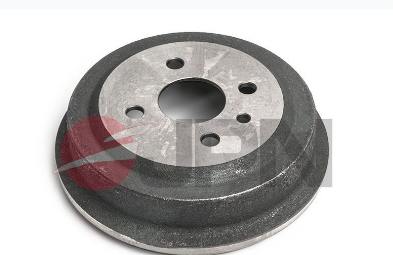
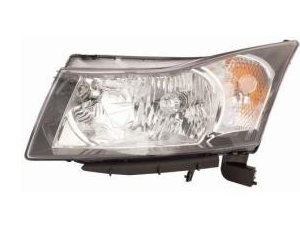
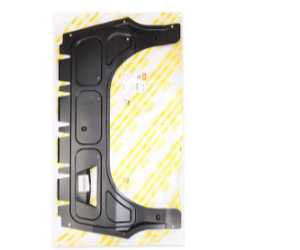
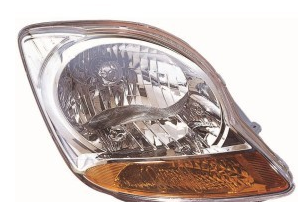
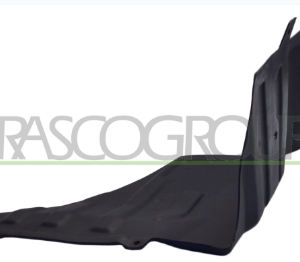
Reviews
There are no reviews yet.